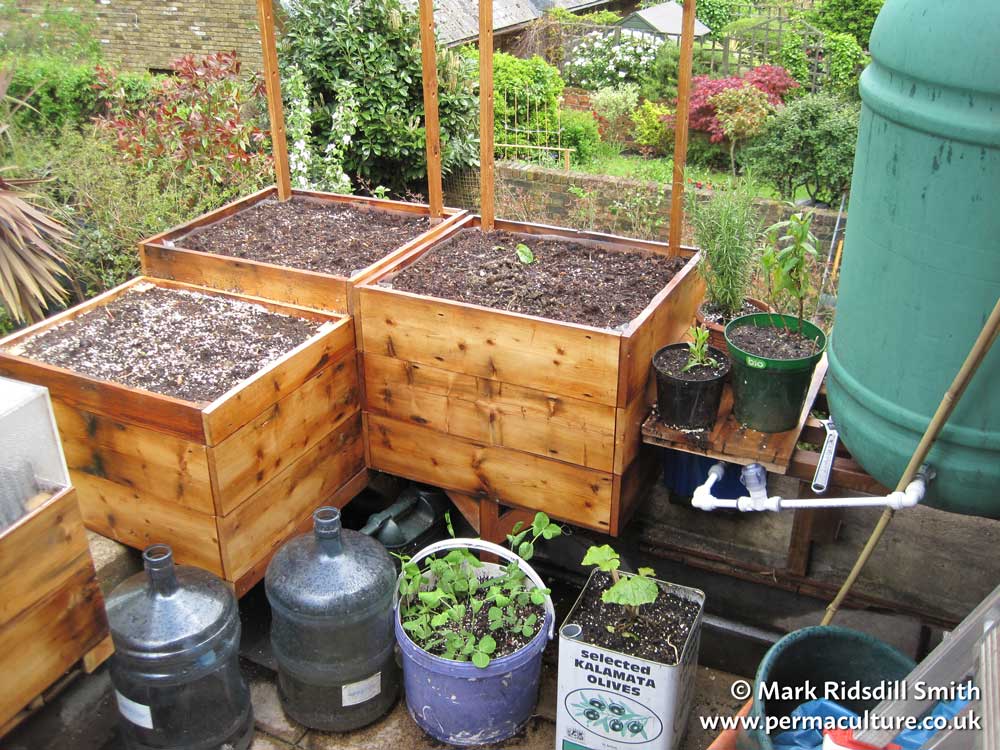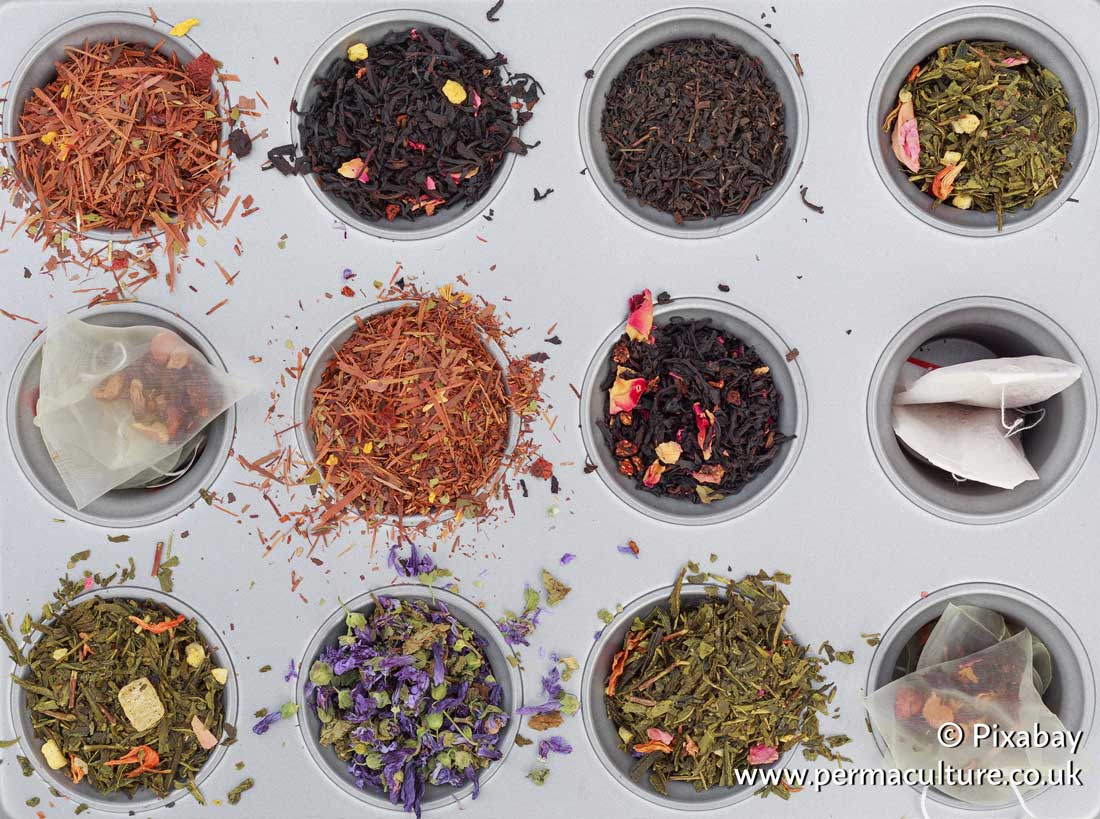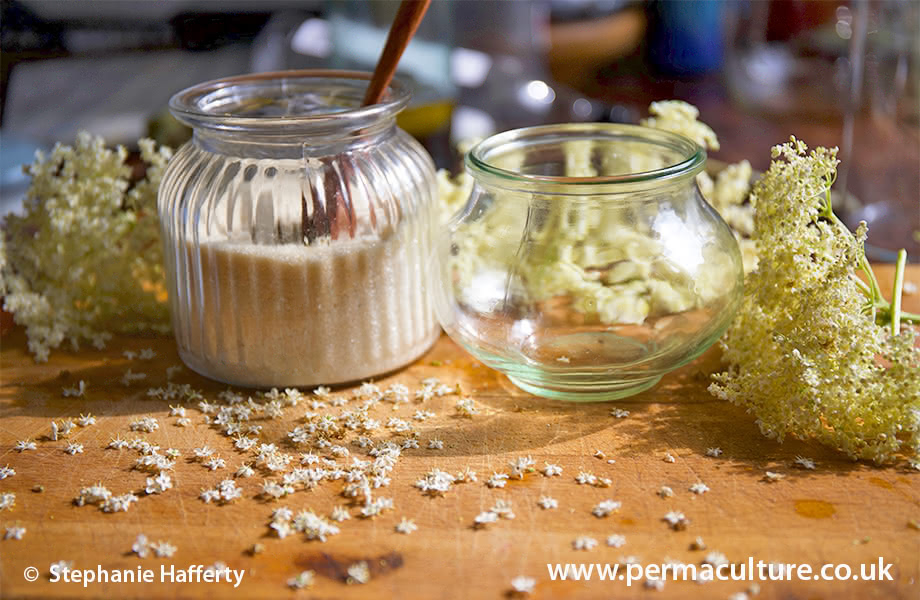Charles and Steph have more than 30 years of experience on the land and this book sums up the work of two exceptional no dig gardeners.
This book is informative, complete in the way it takes the reader from setting up a no dig garden, and onto harvesting, preserving, cooking and much more.
Charles and Steph have condensed and shared a lot of their personal experience of keeping their hands in the soil. Charles as a no dig expert has worked extensively in the UK and France on different soils, always with great results. Steph has her own faceted story, being passionate about cooking and gardening, she has worked for years as a kitchen gardener for various restaurants, setting up their gardens to supply them fresh vegetables all year round. In the meantime she has been cooking what she grows and making potions from her harvests.
Over the years Steph has tried numerous recipes to make even some normally less interesting vegetables enticing and tasty – here she shares some of her best. But from a garden we don’t only harvest to eat but also to make potions from herbs, flowers or roots, that are healthy treats for our bodies as well as help us with tasks around the house.
Passion, commitment and respons-ibility, and lots of fun – this is what you will gain in this book. Charles and Steph don’t put together a list of rules of what to do, but share their opinions on why we should take certain decisions. There is a big difference between what and why, the first is just an execution, the latter is instead a mind opener, that makes the reader ask questions and work by trial. Start small and build confidence. I have to know why I take a certain decision, may it be on mulch, compost or covering for the winter garden.
The profound knowledge shared in the book is based on an 8/9 climate zone, but the advice they share is fully adaptable to other climates, because ultimately the reader will learn to understand climate and soil and work in that context.
Charles and Steph’s commitment to sharing their experience and practice has led them to be incredibly effective in taking photos of their work, documenting with precision and sharpness. Some of the photos while being inspiring also made me hungry. My partner looked through my review copy and was struck by the photo’s colours, I assure you, you will be impressed.
The reader will take a journey through 20 chapters, from preparing the plot, where to grow, sowing and spacing, to dealing with pests, making potions for soil fertility, the mind, the house and well-being of our bodies. There are lessons in compost making, saving seeds, harvesting, preserving and of course lots of tasty recipes. There are also seven indepth chapters about what we can grow: perennials, roots, leaves, pods, fruits, salad leaves, herbs, flowers and unusual plants. The plants listed are ones that repay the gardener incredibly well in relation to the care they need.
The layout of the chapters is great – the pages are full of tables that share information on different solutions we can implement. For example, what sort of row cover should we choose: a handy table helps you with the choice, keeping an eye on cost, life durability and effectiveness. The reader is then able to make the decision.
Practical boxed tips are dispersed throughout the book and all the plants have a well defined data sheet, with propagation tips and possible yields, etc.
Charles and Steph have brought together their combined writing and gardening skills, and the final result is magnificent. Charles has had more than nine books published as well as numerous articles. This is Steph’s first book but she has written a number of articles for PM. Their writing is an engaging and harmonious blend that gives the reader the distinct feeling that gardening brings people together. Sharing from garden to table is fertile for the soil, for families and for our communities. Charles and Steph have been able to bring together their personal experiences and differ-ent approaches and make them into a whole.
Is this the usual or umpteenth book on gardening? I was asked this by a friend that saw me reading it, I said not at all. This is much, much more, it is a treasure trove of information that is a complete guide to fertility and healthiness from soil to body made clear through real life experience.











